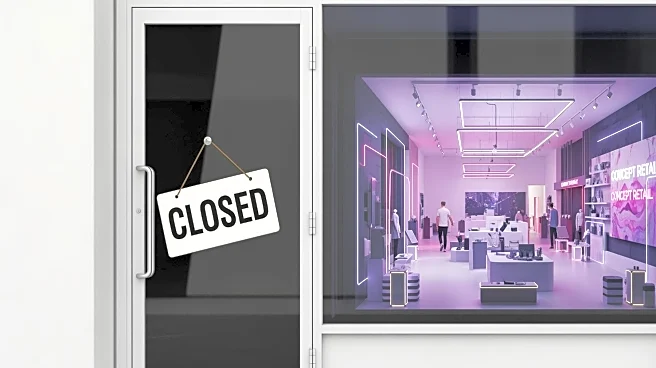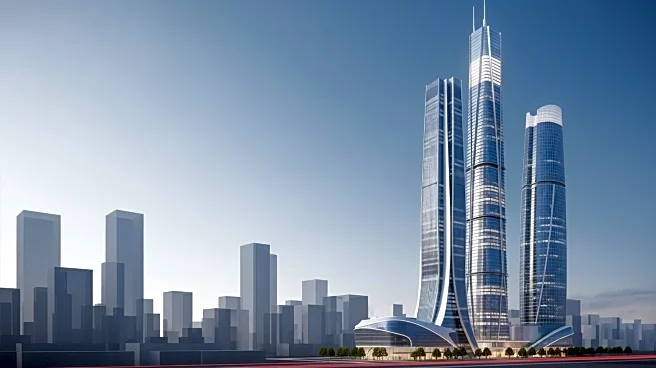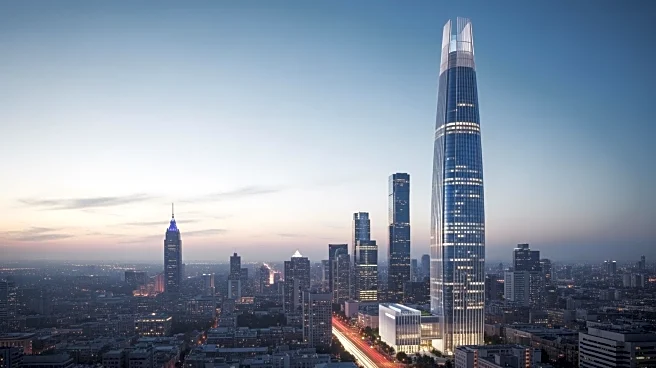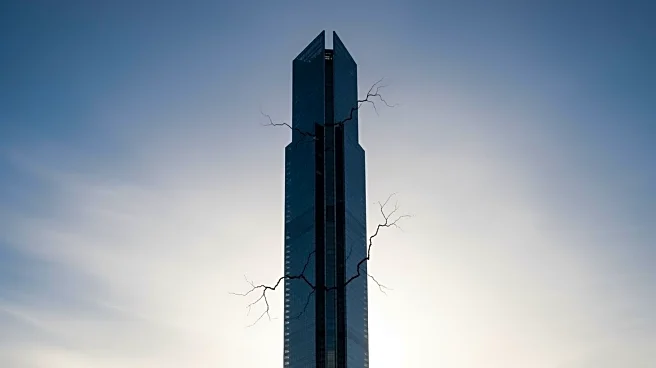What's Happening?
Several major big box stores in Manhattan are closing or relocating, creating opportunities in the retail leasing market. REI announced it will vacate its longtime location at the Puck Building, while
Crate & Barrel has moved to a new location, leaving its former space available. IKEA's parent company, Ingka Investments, purchased the Nike space at 529 Broadway for $213 million, planning to use it for a store and premium offices. Despite rising rents, the market is seeing high deal velocity, with retailers like Abercrombie & Fitch and Lululemon securing new spaces in Soho.
Why It's Important?
The movement of major retailers in Manhattan reflects shifts in consumer preferences and retail strategies. As big box stores close or relocate, new opportunities arise for innovative retail concepts to enter the market. This transition could lead to a revitalization of retail spaces, attracting diverse businesses and enhancing the shopping experience. The willingness of companies like IKEA to invest in prime locations despite high rents indicates confidence in the long-term viability of Manhattan's retail sector. These changes may impact local economies, employment, and urban development.
What's Next?
As retailers continue to adapt to changing market conditions, more closures and relocations are expected, potentially leading to a reshaping of Manhattan's retail landscape. New entrants may focus on creating unique shopping experiences to attract consumers. The ongoing investment in retail spaces suggests a competitive environment, with companies vying for prime locations. Observers will be watching for further developments in retail strategies and consumer behavior, which could influence future leasing and investment decisions.
Beyond the Headlines
The transformation of Manhattan's retail market may have broader implications for urban planning and economic growth. The shift towards innovative retail concepts could drive changes in building design and neighborhood dynamics. As retailers invest in premium locations, there may be increased demand for local services and infrastructure, potentially boosting the city's economy. The evolving market dynamics could also influence policy decisions related to zoning, transportation, and environmental sustainability.











